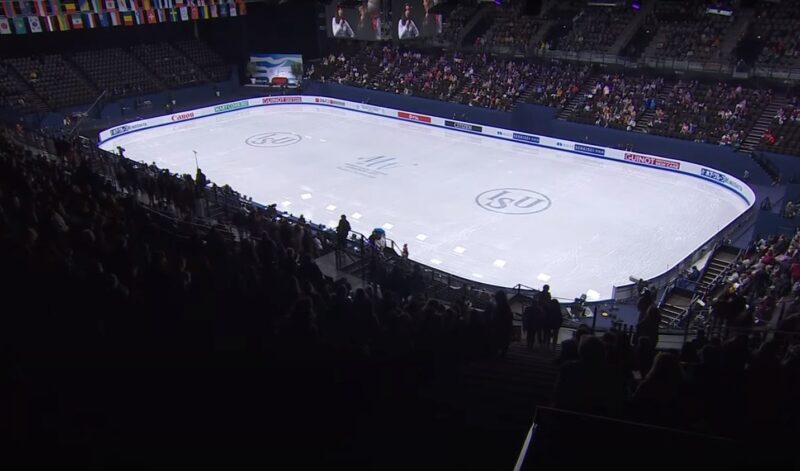
Traditionally, the NHL regular season comprises 82 games for each team, split evenly between home and away matches.
Each game carries weight, impacting the team’s chances for a playoff spot, which is the ultimate goal for all franchises. The format also allows for a variety of matchups, ensuring teams face off against a wide range of opponents from both their own and other divisions.
The distribution of games is a critical aspect of the season, ensuring fairness and competitive balance. Each of the 32 teams in the league plays an equal number of home and away games, which is crucial for maintaining competitive integrity.
Why 82-Game Format?

The choice of 82 games is a well-considered decision that balances various factors such as player health, fan engagement, revenue generation, and sporting integrity.
- More games translate to higher ticket sales, increased broadcasting rights, and greater revenue for teams and the league.
- The schedule is designed to be as fair as possible, with teams playing a mix of home and away games against a variety of opponents.
- The length of the season keeps fans engaged over several months.
- A longer season allows the NHL to reach more markets and attract new fans, crucial for the sport’s growth.
More About the Structure

The NHL season is divided into two main segments: the regular season and the playoffs. Each segment plays a role in the overall structure of the league, serving distinct purposes in the journey towards the coveted Stanley Cup.
- The regular season is the first phase where teams compete to secure their positions for the playoffs. It’s a period of intense competition, strategy, and endurance.
- Following the regular season, the playoffs are a series of elimination rounds that determine the ultimate champion. This is where the intensity peaks, and the stakes are at their highest.
The NHL regular season is a marathon of games, each carrying weight for the teams vying for playoff spots. The total number of games is a figure that reflects the league’s commitment to providing a comprehensive and competitive season for teams and fans alike.
- Each team in the NHL plays a significant number of games, with the distribution being a mix of home and away matches. This section will provide a detailed breakdown of these numbers.
- The games are categorized into divisional, conference, and non-conference matchups, each type having its strategic importance in the season’s context.
Several external factors have historically impacted the NHL season’s structure. From global events to pandemics, these factors have necessitated adjustments in the number of games played.
Comparison with Previous Seasons
Changes in the number of games are rarely arbitrary. They are often the result of decisions made by the league in response to various factors.
The National Hockey League has seen various changes in its season format over the years, influenced by expansion, league restructuring, and external factors like global events.
The number of games in an NHL season has varied significantly in different periods.
| Era | Description |
|---|---|
| Early Years | Initially (1917-18), the NHL had only 22 games. The season length increased as the league grew. |
| Post-Expansion Era | Post-1967 expansion, the season grew to 74, then 78 games in the 1970s as the league expanded to 12 teams. |
| Modern Standard | From 1995-96, the NHL adopted an 82-game season, a standard that persists, featuring a balanced mix of divisional, conference, and inter-conference games. |
| 2012-13 Lockout | The 2012-13 season was cut to 48 games due to a lockout, showing the impact of external factors on the league. |
More recently, the 2019-20 and 2020-21 seasons were impacted by the COVID-19 pandemic.
The 2019-20 season was paused and later resumed with a modified format, while the 2020-21 season was shortened to 56 games and featured re-aligned divisions to minimize travel and potential virus exposure.
The Bottom Line
The 2023 NHL season, with its traditional 82-game format, has once again proven to be a perfect blend of endurance, skill, and strategy. The distribution of games ensures that each team is tested under various conditions, providing a comprehensive assessment of their capabilities.
Related Posts:
- U.S. Figure Skating Releases Schedule for 2024-25…
- How Much Do NHL Refs Make? NHL Referee Salary in 2024
- NHL Enters Playoffs on an 8-Year Ratings Peak,…
- What Are the NHL Overtime Rules for The Playoffs in 2023-24?
- Can Hockey End in a Tie? Are There Shootouts in NHL…
- What Does OTL Mean In Hockey? NHL Facts















